“I’m very confused about whether to eat bread or not? I’ve read so much about bread being bad for the digestive system and the waistline. However, while I don’t eat that much, I don’t want to totally eradicate it from my diet, plus I’ve just bought a bread making machine! Can you clarify?”
Suzie Sawyer, Clinical Nutritionist, answers:
This is a timely question, as October 14th – 20th is this year’s National Baking Week, which celebrates all that is great about baking at home (and that includes bread).
The gluten factor
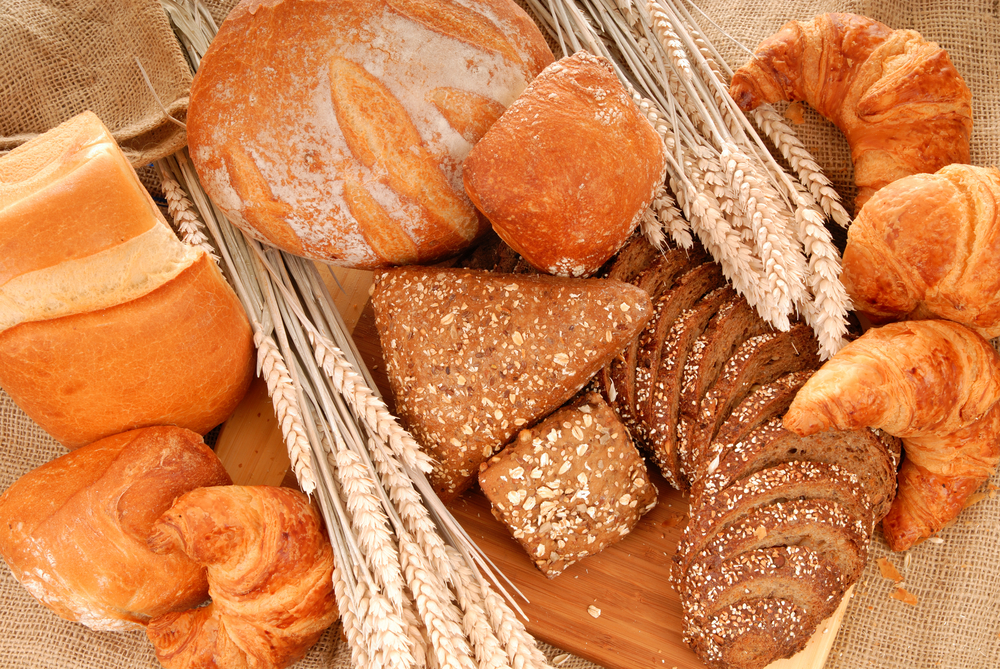
There is certainly much confusion around bread and it often gets poor press for the wrong reasons. This is partly down to bread traditionally being made with gluten-containing flours. Gluten is the name given to proteins found in wheat, rye, barley and to a lesser extent, oats. Since gluten gives the bread (and other foods) its structure, it makes sense that gluten is actually quite ‘sticky’ which is not good for the digestive system. Gluten can cause digestive issues for many people and tends to irritate the gut causing further upsets and inflammation throughout the body.
Intolerance vs eating too much

Gluten is found in many foods that we eat regularly, especially pasta, bread, cakes, pastries, and cereals. Many people talk about being intolerant to gluten but often it’s just that they are eating too much of it, overloading the digestive system. Allergies to gluten are much less common, thankfully. Coeliac disease, for example, is a condition where gluten attacks the delicate gut lining, and sufferers unfortunately have to eradicate gluten for life.
Choose wholegrains
It’s important to choose whole grains when buying or baking bread as they contain much more fibre and nutrients, especially energising B-vitamins. However, there are also plenty of non-gluten containing whole grains which are great for bread making and create some different tastes and textures.
Alternative Flours
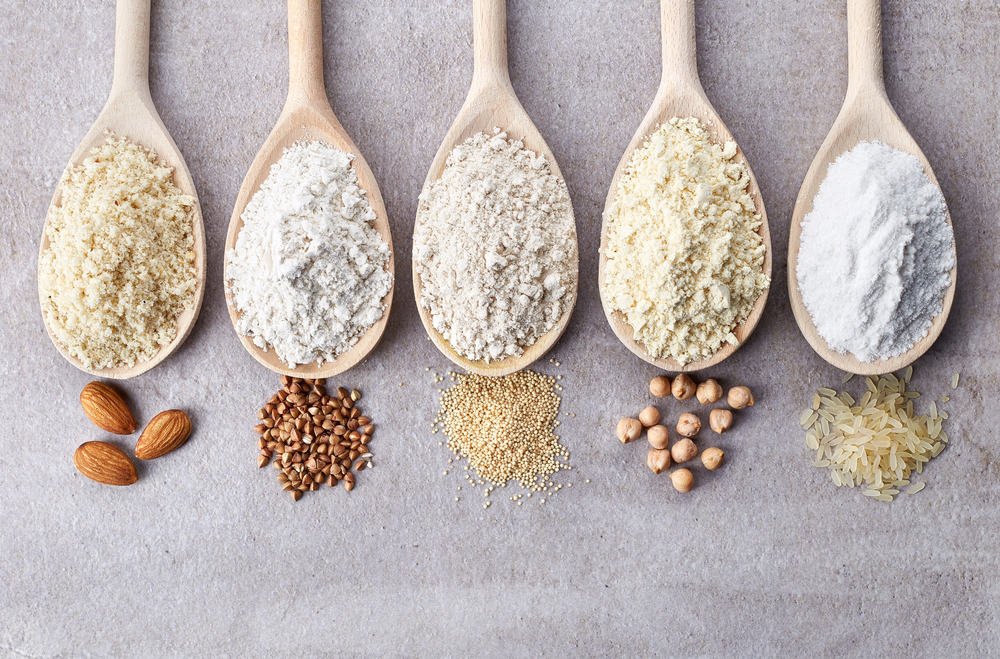
For example, chickpea and buckwheat flour (despite its name it is not actually wheat) create a delicate nutty-flavoured bread and both are grains that are naturally high in protein and fibre. This is also great for the waistline because both protein and fibre balance blood sugar levels, helping to keep weight in check.
Amaranth flour has a distinctive peppery taste and quinoa can also be used for making bread. Coconut or rice flour both provide further gluten-free options and are much lighter in texture.
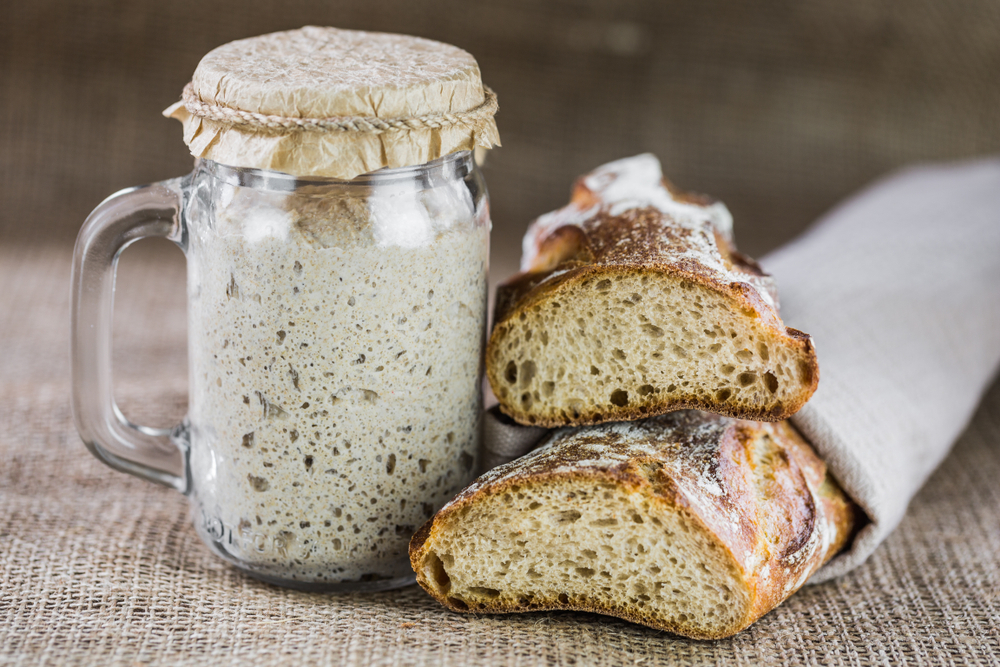
There has also been a tremendous rise in the popularity of sourdough bread. While it does contain gluten, the bread is fermented which makes it much easier on the digestive system. Fermented foods in general provide many health benefits, especially for digestion and many people can eat sourdough bread without any issues.
There are many different options of ingredients to put your bread maker to good use. Plus, bread can be a great source of nutrients and provides much-needed fibre to the diet. Enjoy experimenting!

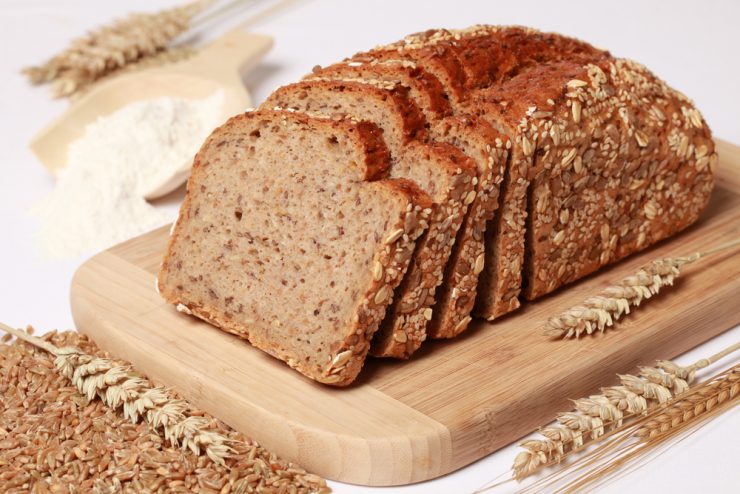

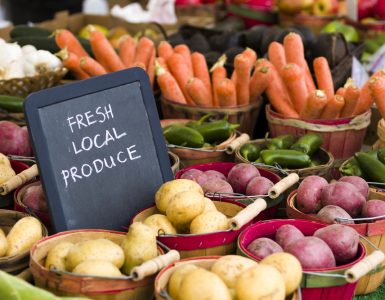


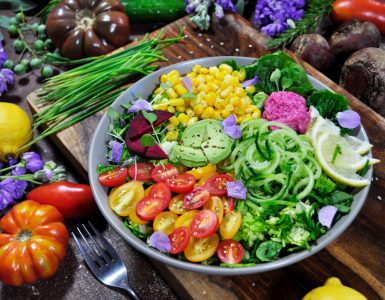

















Add comment